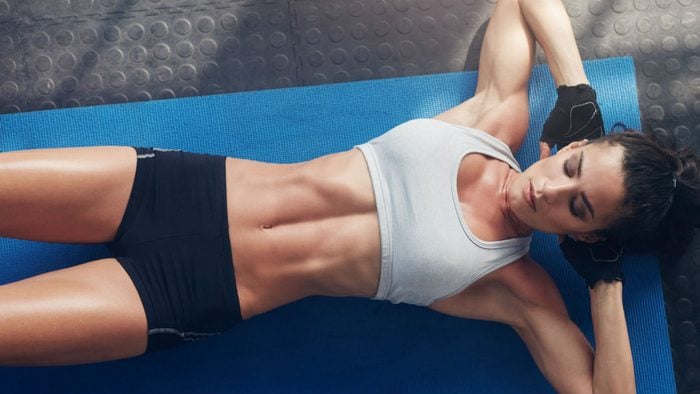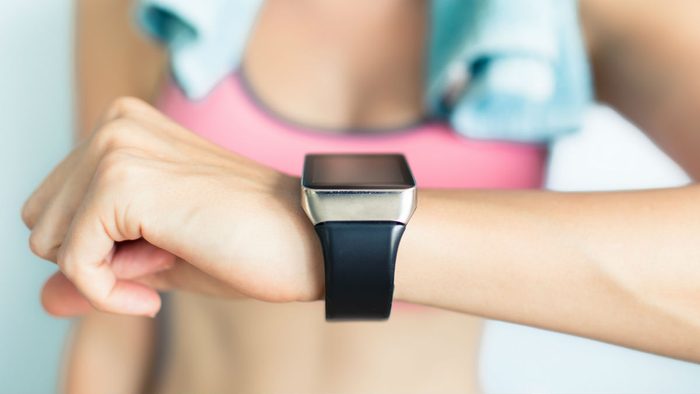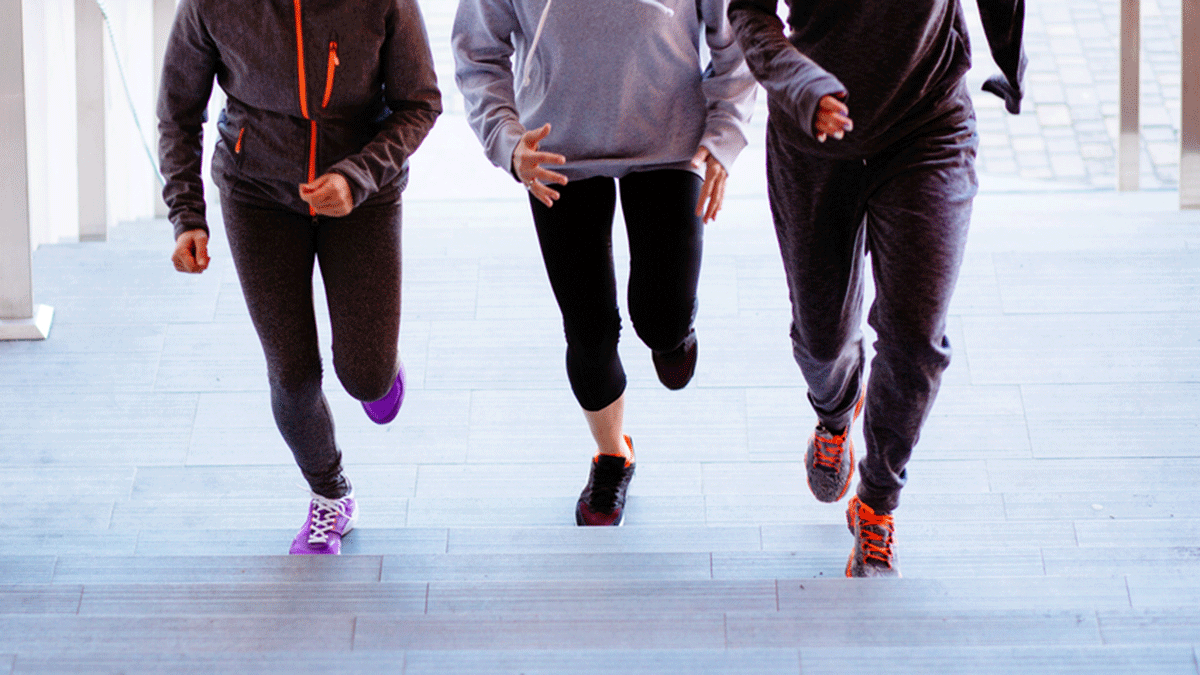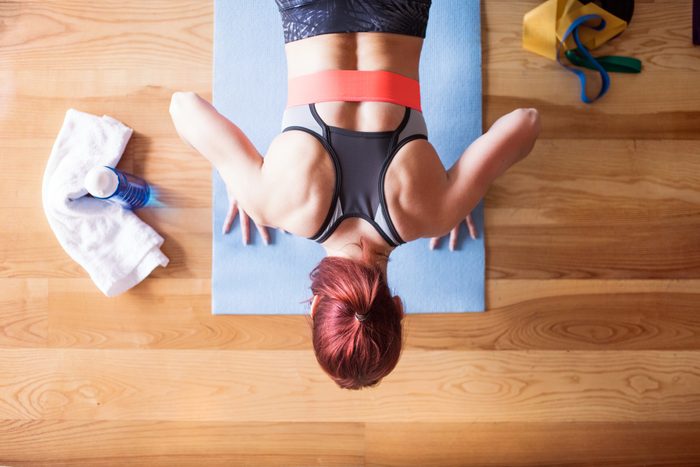
How to Strengthen Your Core and Get Abs
There’s a lot of misinformation when it comes to how to build core strength, says Roydian Chan, a “tier 3+” personal trainer at Equinox in Toronto. Here’s what he says are the biggest misconceptions about strengthening your core.
(Related: The Best Streaming Workouts for Women)

You have to work out at maximum intensity, all the time
It is not about working out hard. “It should be a mixture of intensities,” says Chan. He uses a training method called “undulating periodization, which is essentially characterized by up and down variations of intensity.” The lower your intensity, the more your reps you should be doing. The lower your reps, the harder your intensity should be. “This strategy allows for optimal recovery weekly, which is important for sustainability.
(Related: Grab your training shoes. Here is your complete ab kettlebell workout.)

Your heart rate has nothing to do with building core strength
Your heart rate can help you determine how intensely you are working out. According to the Mayo Clinic, you can determine the intensity you should be working out at by figuring out your maximum heart rate (HR). Generally speaking, that is 220 minus your age. And moderate exercise would be about 50 to 75 percent of that. But again, that is just a general guideline. The more you work out with a HR monitor or HR tracker, the more you will be in tune with your HR targets for intensity.
“With [HR] ranges, it comes down to the fitness of the individual. Someone who is new to exercise, or who hasn’t exercised in a long time may be starting with a lower level of fitness,” says Chan. “Whereas someone who is physically active in the gym or play sports four to five times a week might be at a higher level of fitness.”
(Related: 8 Ways to Use Your New Fitness Tracker to Get Fit)

Tracking your HR is the only way to track intensity
No HR tracker? No problem. Get in touch with how you feel when you are working out. And be honest. “Focus on a low-medium ‘self-perceived intensities’ so you can last up to 40 minutes of steady state cardio exercise,” says Chan.
(Related: 10 Pieces of Exercise Equipment to Buy for At-Home Workouts)

Core training is all about sit-ups, sit-ups, sit-ups
“The abs are a small section of the core,” says Chan. “The core covers everything from the pelvis up to the neck.” Core stabilizing and strength training is more important than focusing on sit-ups. “Working on the entire core as opposed to a subsection of the core” is more effective, he says.
(Related: Best Ab Exercises For a Stronger Core, Without a Sit-Up in Sight)

There’s one workout plan, and one only
“Revisit your workout plan after four weeks to have your program fine-tuned to match your new level of fitness – otherwise you will plateau,” says Chan. And that is where asking yourself how you feel during your workouts will also come into play. As your fitness level increases, so should your workouts. A personal trainer can help, and so can your HR tracker.
(Related: Looking to Improve Your Workout Performance? Change Your Music)

No pain, no gain
Pain from a workout can signal a problem, not progress. “Pay attention to pain,” says Chan. “Pain and soreness are different. Soreness can turn into pain if you’re not mindful. Pain can lead to more debilitating injuries that will stop you from exercising entirely. When you encounter pain, it means your body is telling you to leave it alone. Respect that signal, and rest that area for 24 to 48 hours.”
(Related: 13 Post-Workout Mistakes That Could Ruin Your Progress)
Next: Need some fitness inspo? Here are a few Canadian women to follow on Instagram now.
